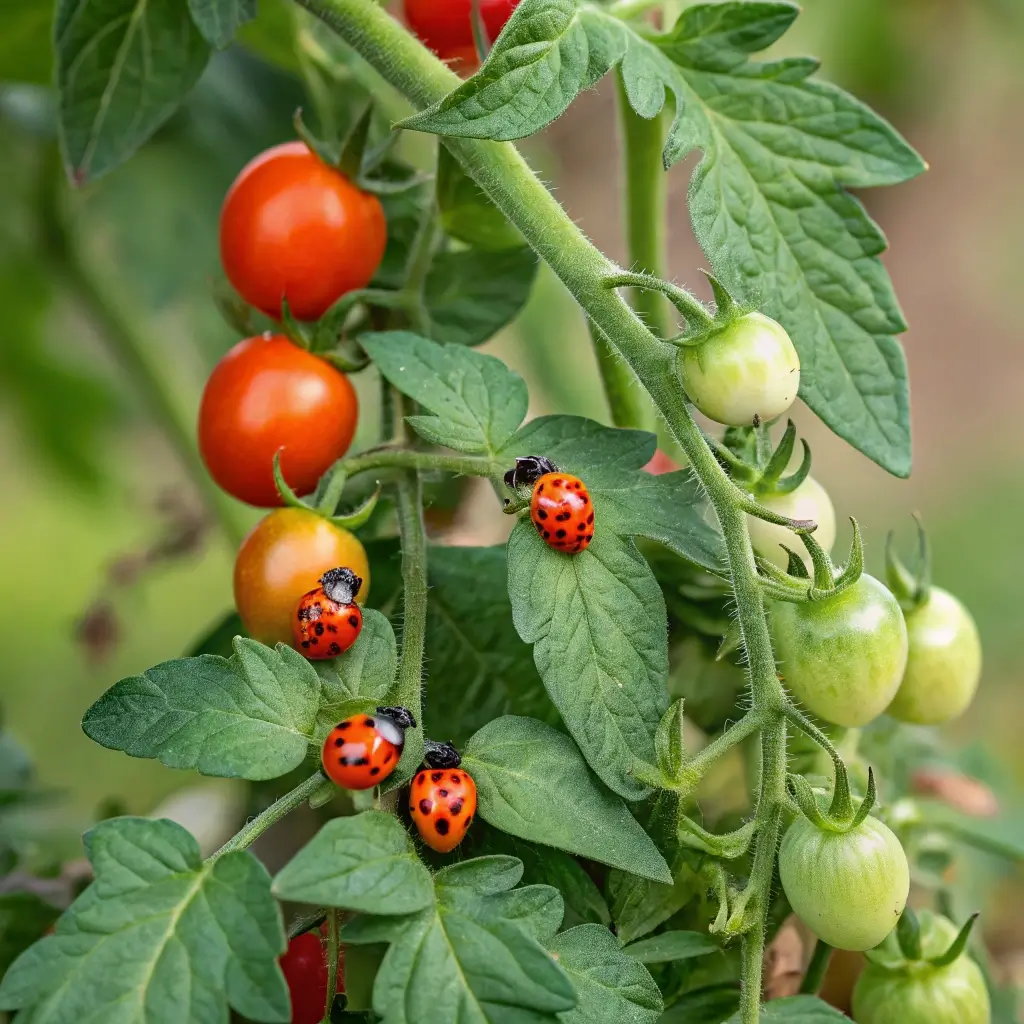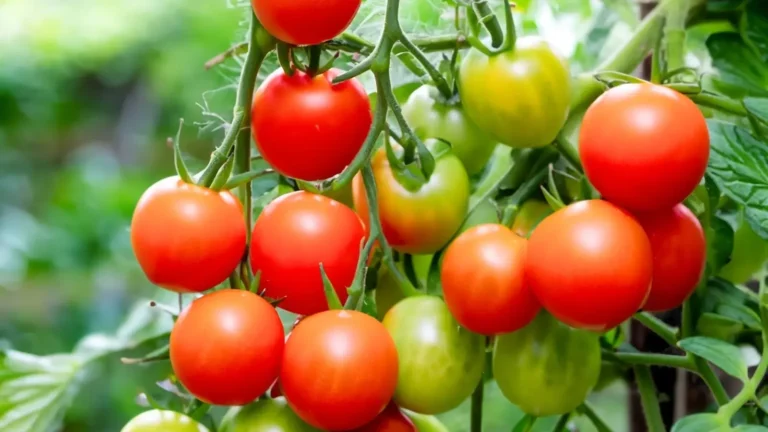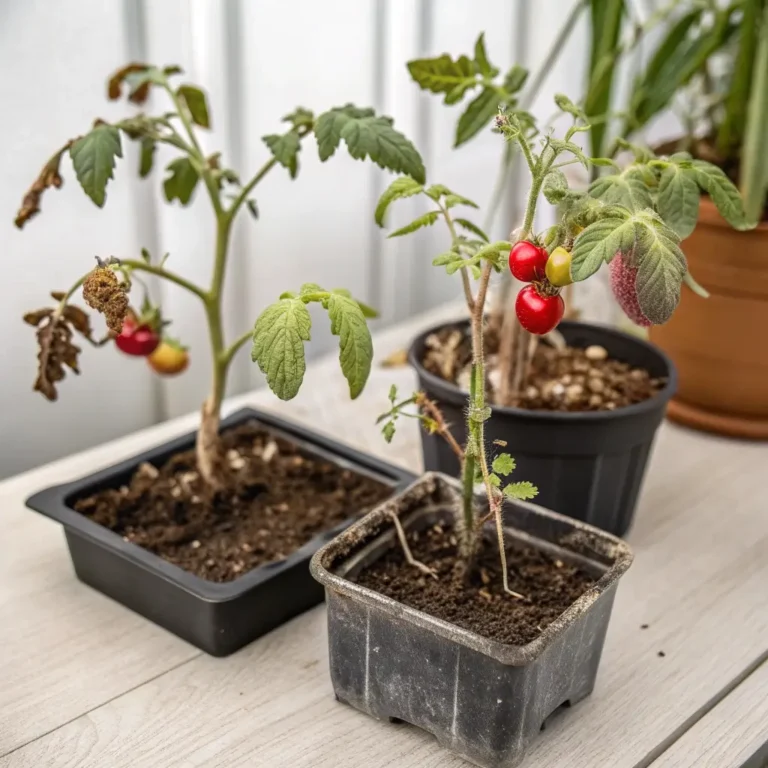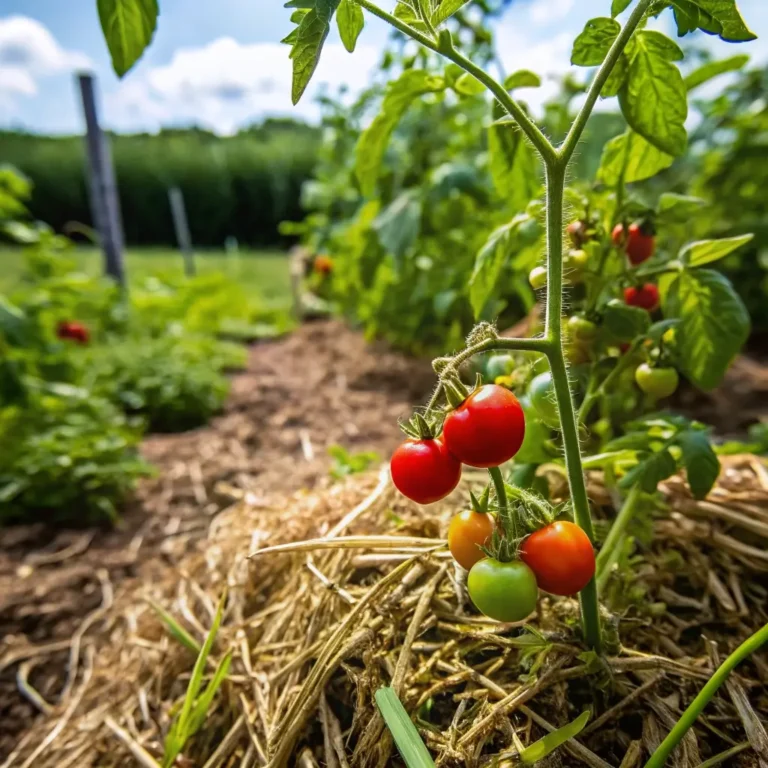Are Ladybugs Good for Tomato Plants? 5 Reasons to Know Now
Table of Contents
Introduction
Did you know that tomato plants face over 27 different pest species that can reduce yields by up to 80%? This startling statistic reveals why many gardeners are turning to natural pest control solutions. Are ladybugs good for tomato plants? The answer might surprise even experienced gardeners who may have overlooked these spotted allies in their quest for the perfect harvest. These colorful insects aren’t just garden decorations—they’re powerful natural predators that could revolutionize how you protect your tomato crop. In this complete guide, we’ll explore the fascinating relationship between ladybugs and tomato plants that every gardener needs to understand.
The Ladybug-Tomato Relationship Explained
Before diving into the benefits, let’s understand what makes ladybugs (Coccinellidae) particularly valuable for tomato plants. These brightly colored beetles are voracious predators of common tomato pests. A single ladybug can consume up to 5,000 aphids during its lifetime, making them incredibly efficient natural pest controllers. Unlike chemical pesticides that can leave harmful residues, ladybugs provide a sustainable, organic solution that works in harmony with your garden ecosystem.
5 Compelling Reasons Ladybugs Benefit Tomato Plants
1. Natural Aphid Control
Aphids represent one of the most destructive threats to tomato plants, capable of reproducing rapidly and spreading diseases. Research shows that a colony of ladybugs can eliminate an aphid infestation on tomato plants within just 2-3 days. Their appetite for these sap-sucking pests makes ladybugs particularly valuable during the critical early growth stages when tomato plants are most vulnerable.
2. Protection Against Multiple Pests
Beyond aphids, ladybugs eagerly consume whiteflies, spider mites, and scale insects—all common tomato plant enemies. Studies indicate that introducing ladybugs can reduce overall pest populations by 60-90% within two weeks. This broad-spectrum protection means healthier plants with significantly less damage to leaves, stems, and developing fruit.
3. Chemical-Free Pest Management
With growing concerns about pesticide residues on food crops, ladybugs offer a completely natural alternative. They leave no harmful chemicals behind, making them ideal for organic gardening. Recent surveys show that 76% of home gardeners prefer natural pest control methods, with ladybugs ranking as the most popular beneficial insect for vegetable gardens.
4. Promoting Pollination
While primarily known as predators, some ladybug species also contribute to pollination as they move between plants. This dual benefit enhances fruit set rates on tomato plants by approximately 15% compared to gardens without beneficial insects, according to University of California research.
5. Sustainability and Cost Effectiveness
Establishing a ladybug population creates a self-sustaining pest management system. Unlike chemical treatments that require regular reapplication, ladybugs reproduce in your garden when conditions are favorable. This natural cycle can reduce pest control costs by up to 70% over a growing season while creating a more resilient garden ecosystem.
How to Attract and Maintain Ladybugs in Your Tomato Garden
Creating an Inviting Habitat
Ladybugs thrive in diverse gardens with specific plants that provide shelter and alternative food sources. Include companion plants like dill, fennel, cilantro, and marigolds among your tomatoes. These flowering plants produce pollen and nectar that sustain ladybugs when pest populations decline, increasing ladybug retention rates by 40-60%.
Proper Release Techniques
If purchasing ladybugs, release them at dusk after misting your garden. This provides necessary moisture and reduces immediate flight risk. Place approximately 1,500 ladybugs per 1,000 square feet of garden space for effective pest control. Studies show that evening releases result in 75% better retention compared to daytime releases.
Avoiding Harmful Practices
Even organic pesticides can harm ladybugs. Avoid broad-spectrum treatments, including neem oil applications when ladybugs are active. Provide shallow water sources to prevent dehydration, as ladybugs can consume up to 8% of their body weight in water daily during hot weather.
Common Challenges and Solutions
Ladybug Migration
Problem: Ladybugs often disperse after release.
Solution: Create microhabitats with diverse plantings and consistent moisture. Gardens with varied vegetation retain 3-4 times more ladybugs than monoculture plantings.
Seasonal Variations
Problem: Ladybug activity decreases in extreme temperatures.
Solution: Provide shade during peak summer heat and sheltered overwintering sites. This can extend the active predation period by 4-6 weeks annually.
Balancing Populations
Problem: Without sufficient food, ladybugs will leave.
Solution: Maintain small “sacrificial” aphid populations on non-crop plants to sustain ladybugs. Research indicates this strategy increases ladybug residence time by over 80%.
Beyond Ladybugs: Integrated Pest Management for Tomatoes
While ladybugs provide excellent protection, combining them with other beneficial insects creates a robust defense system. Consider introducing lacewings (which consume 200+ aphids weekly) and parasitic wasps for comprehensive pest management. Gardens using multiple beneficial insects report 85% fewer pest problems compared to those relying on a single beneficial species.
Conclusion
The evidence is clear: ladybugs are indeed excellent allies for tomato plants. Their voracious appetite for common pests, chemical-free nature, and ability to integrate into your garden ecosystem make them invaluable partners for any tomato grower. By creating an environment that attracts and sustains these beneficial insects, you’re not just controlling pests—you’re building a more balanced, productive garden that works with nature rather than against it.
As you plan your tomato garden this season, consider how these spotted guardians might transform your growing experience. Your plants—and your harvest—will thank you.
FAQs
How many ladybugs do I need for my tomato plants?
For effective pest control, introduce approximately 10-15 ladybugs per tomato plant or 1,500 per 1,000 square feet of garden space. Larger infestations may require higher numbers initially.
Can ladybugs harm my tomato plants?
No, ladybugs do not damage tomato plants. They feed exclusively on pests and occasionally pollen, never on the plant tissue itself. They’re completely safe for all stages of tomato growth.
When is the best time to release ladybugs?
Release ladybugs in the evening after sunset when temperatures are cooler and moisture levels are higher. Research shows this timing increases garden retention rates by 75% compared to daytime releases.
How long do ladybugs stay in the garden?
With proper habitat management, ladybugs can remain in your garden throughout the growing season. Some may even overwinter in protected areas, providing multi-season benefits if conditions remain favorable.
Can I use pesticides if I have ladybugs?
Most pesticides, even organic ones, can harm ladybugs. If treatment becomes necessary, use targeted applications away from areas where ladybugs congregate, and choose products specifically labeled as safe for beneficial insects.







